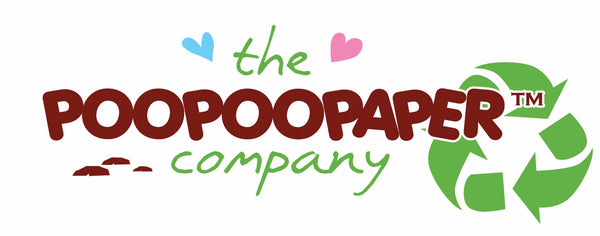
Types of Paper Explained: From Basic Copy to Premium Stock
Share
If you have ever seen American Psycho, you might remember the iconic business card scene. The weight, the subtle off-white coloring, the tasteful thickness. Who knew types of paper could be so intense? But in reality, paper comes in many types, each suited for different uses. Whether you are printing a report, sending out wedding invitations, or crafting an art project, choosing the right paper makes all the difference.
So, let’s dive into the world of paper and break down the key factors that set them apart.
Key Factors That Distinguish Types of Paper
When it comes to types of paper, several key factors set different types apart. These include:
- the source of the fibers (such as wood pulp, cotton, or recycled materials),
- the paper’s weight and thickness,
- its surface finish (like matte, glossy, or textured), and
- how it is processed or treated.
Some types of paper are designed for durability and archival use, while others are made for everyday writing or printing. Understanding these differences can help you choose the right type of paper for your needs—whether for art, communication, or sustainability.
Fiber Composition
Some papers are made from traditional wood pulp, while others use alternative fibers such as cotton, hemp, or even upcycled elephant dung. Yes, we are talking about our unique and innovative POOPOOPAPER™! Using tree-free materials helps preserve forests and reduce waste.
Weight (GSM – Grams per Square Meter)
Paper weight determines its thickness and sturdiness. A standard sheet of copy paper is around 75-90 GSM, while premium cardstock can range from 200-300 GSM or more. Lighter papers are ideal for everyday use, while heavier papers provide a more premium feel for professional applications.
Surface Finish (Coated vs. Uncoated)
Coated papers have a sleek finish, making them great for high-quality prints and photographs. Glossy, matte, and satin finishes enhance colors and detail. Uncoated papers, on the other hand, are better for writing and absorbing ink, making them ideal for stationery, books, and sketch pads.
Manufacturing Process
Papers can be machine-made, handmade, or chemically processed to achieve different textures, finishes, and durability. POOPOOPAPER™ uses traditional handmade processes with the help of our skillful local artisans. You can learn more about our Poop to Paper process here.

Types of Paper
Papers can be machine-made, handmade, or chemically processed to achieve different textures, finishes, and durability. Handmade papers tend to have a more natural, rustic feel, while machine-made papers provide consistent quality for mass production.
Copy Paper
This type of paper is your everyday go-to for printing and copying, typically lightweight and uncoated, making it ideal for offices and schools.
Printing Paper
Slightly higher in quality than copy paper, often used for professional printing projects, brochures, and business documents.
Bond Paper
Thicker and more durable than standard printing paper, ideal for stationery, resumes, and letterheads. Bond paper has a crisp texture that gives documents a polished appearance.
Art Paper
Coming in a variety of textures and finishes, these types of paper are designed for drawing, painting, and other creative projects. Some art papers are specialized for watercolor, charcoal, or pastels.
Kraft Paper
Durable and brown in color, it’s commonly used for packaging, wrapping, and crafting. It has a rough texture and is known for its strength and recyclability.
Parchment Paper
A specialty paper that is semi-transparent, used in baking, certificates, and formal document printing. It has a vintage look that adds an elegant touch to invitations and menus.
Coated Papers
Glossy or matte finishes make these ideal for brochures, magazines, and professional marketing materials. This type of paper has a specific coating that enhances color vibrancy and detail in images.
Newsprint
Lightweight and highly absorbent, used for newspapers, low-cost booklets, and sketching. It is not very durable but is cost-effective for mass distribution.
Stock Paper
A heavier-weight paper often used for business cards, postcards, and invitations. It provides a premium feel and durability for special print projects.
Tree-Free Papers
Unlike recycled paper, which repurposes used materials, tree-free paper is made from sustainable fibers like bamboo, hemp, or, you guessed it – fiber-rich animal poop like elephant dung! Our eco-friendly alternatives help reduce deforestation while creating unique and conversation-starting products.

For The People & The Planet
Looking for sustainable and innovative types of paper? At POOPOOPAPER™, we transform unassuming waste into wildly wonderful, tree-free paper products that are both eco-friendly and fun. For us, it is not just about making sustainable products, but building a more equitable, compassionate future, one sheet at a time. If you’re interested in spreading sustainability and a smile, explore our Featured Products for a unique gift that makes a difference.
